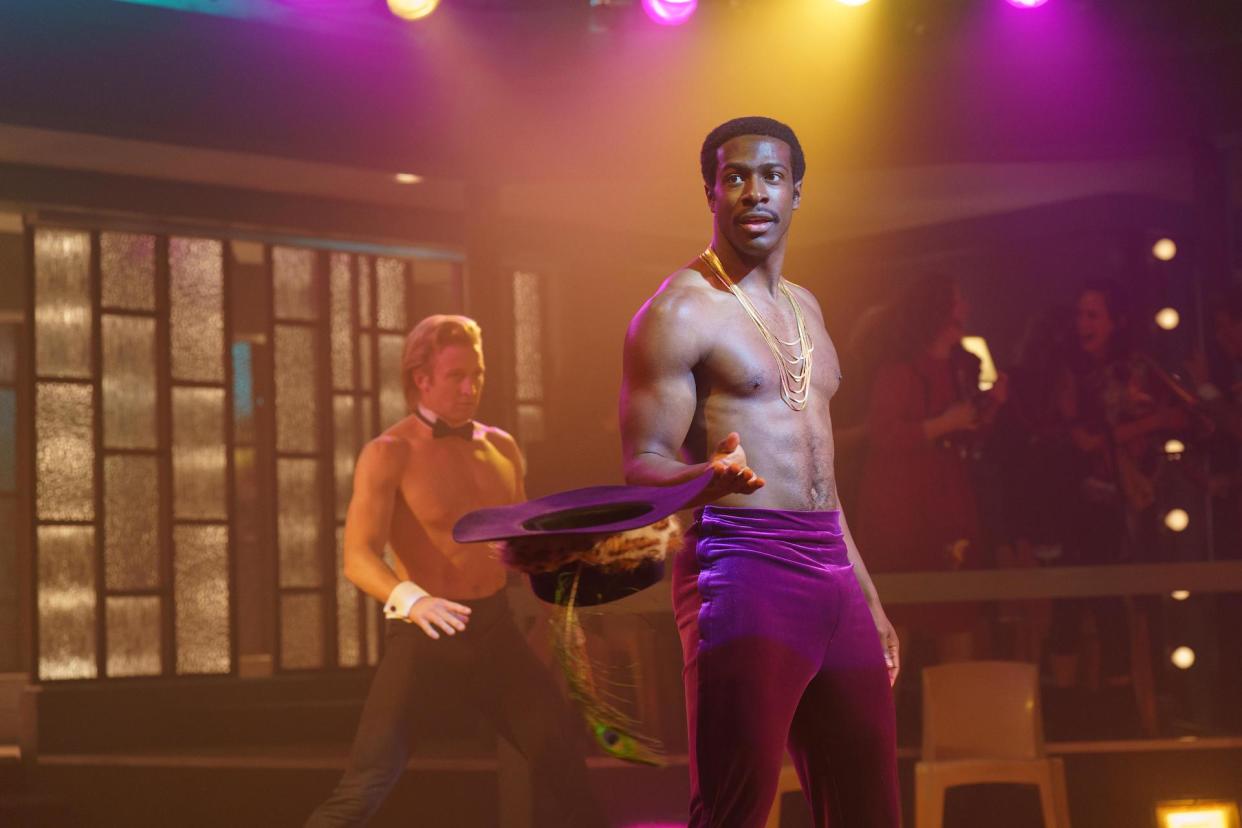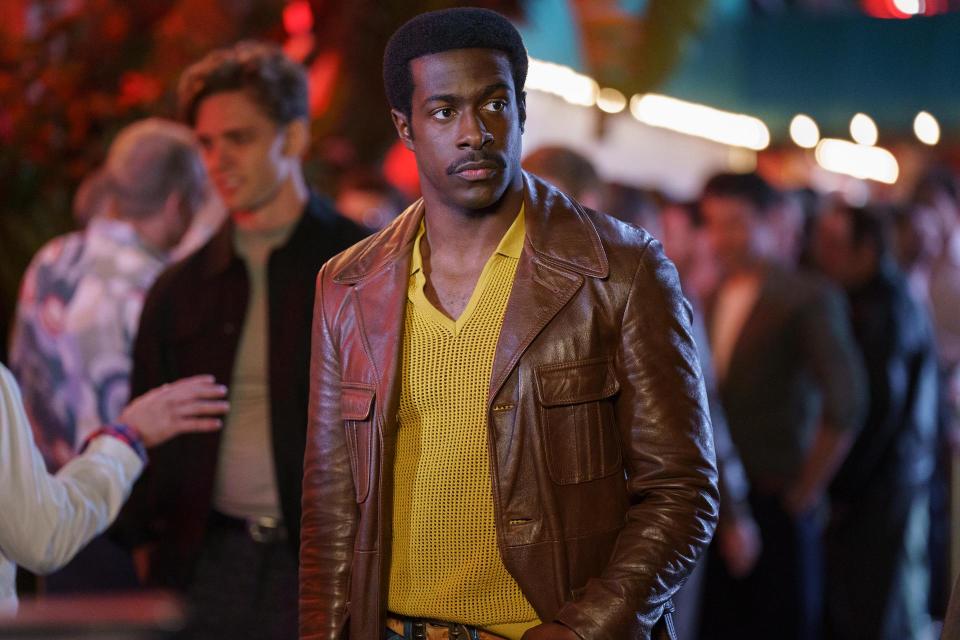‘Welcome to Chippendales’ Highlights Club’s Real-life Race Issues in Ep. 4

When Somen “Steve” Banerjee started the male strip club Chippendales in 1979, he wanted subversion. The first few episodes of Hulu’s “Welcome to Chippendales” track this journey, with Banerjee (Kumail Nanjiani) turning heads, getting press, and fielding outright backlash for displaying male bodies and catering to the female gaze.
But the Chippendales story is rife with conflict. Episode 4 puts the spotlight on Otis (Quentin Plair), a fictional character pulled from the real-life experiences of Black Chippendales dancers. Plair didn’t know much about the club or its history (outside of some ubiquitous “Saturday Night Live” sketches), but when he got cast as Otis, he knew this would be a different kind of challenge.
More from IndieWire
“I’ve played a lot of roles in my past that dealt with segregation or discrimination,” Plair told IndieWire in a phone interview. “This was a really unique look at it where the focus could, on the outside, feel like a positive thing — being desired inside the club, being the most popular dancer — but knowing gutturally that it’s coming from a place where you’re being fetishized for being an other, being the only Black man in that surrounding.”
Episode 4, “Just Business,” catches Otis in what for him is an unprecedented position. After years of working at the club and bonding with Banerjee, his image is deliberately left out of the Chippendales calendar, and the reason is unambiguous: Banerjee doesn’t want to draw attention to his only Black dancer.
“It would be bad for sales,” Banerjee says bluntly when confronted. “It’s one thing for women to enjoy you in the privacy of the club, but hanging in their home? A naked Black man, in full view of their husbands?”
Plair had plenty of conversations with showrunner Rob Siegel and executive producer Jenni Konner about who Otis was, his home and family life, his motivation to turn to Steve as a mentor and get involved beyond dancing. But the sting and ease of Steve’s betrayal, as well as the way Otis is viewed in and outside of the club, was easily relatable.
“It’s unfortunately not lost on a Black American what that might feel like,” he said. “I didn’t need much conversation on what it might be in a situation… where what you can bring to the table is being overlooked in part because of how you look.”

Erin Simkin/HULU
“Welcome to Chippendales” also presents a quandary rarely presented or handled tactfully in mainstream media, highlighting casual racism between minorities.
“When we were first talking about it with Rob as well, there’s was a lot of anger that initially was involved, anger from Otis to Steve,” Plair said. “We thought that while the anger still there, we really wanted it to be more hurt; hurt that person that’s taking you under his wing, that’s been a mentor to you — and a lot of hurt for this person who in ways looks like you. Another brown person doing these things is holding you back, and telling you it’s racial.”
It wasn’t hard to tap into Otis’s feeligs, but Plair also wanted to make sense of Banerjee’s vantage point. That clarity came from castmate Robin de Jesús, who said that the system of white patriarchy is set up to function even without a white patriarchy at the helm. Racial minorities are so conditioned to compete for attention and exceptionalism that people like Banerjee appease the white man’s whims even when a white man isn’t in charge.
“Steve had this very set idea of what success looks like in his mind — the million dollar man and Hugh Hefner, all these white males,” Plair said. “So even in his own head, when he’s thinking of what’s successful, he’s not even seeing himself in it…obviously Otis gets thrown by the wayside because [Steve’s] view of success doesn’t have someone who looks like Otis in it.”
Even though Otis doesn’t represent a specific individual, Plair recognized the responsibility in portraying a situation close to home for many. He and Nanjiani grew close behind the scenes, hoping to translate that into the unseen years between episodes when their characters bond. Plair and other actors spoke with former Chippendales employees to further understand the club atmosphere and what would keep someone like Otis there — or eventually drive him away.
“The first time that I went out for my big performance day, it was like 11 hours of me dancing in the background,” Plair recalled. “It was full and smoky in there, and I tell you, the first time we turned the music on, the energy that was in the room, all the way to the end of the day, 12 hours later, including that one hour lunch — the exact same energy level the whole time. It was just through the roof. It was so palpable, and that really helped me to understand so much of why Chippendales worked.”
“Welcome to Chippendales” is now streaming on Hulu, with new episodes every Tuesday.
Best of IndieWire
The Best True Crime Streaming Now, from 'Unsolved Mysteries' to 'McMillions' to 'The Staircase'
'The Last of Us' Sets Early 2023 Release at HBO: Here's Everything You Need to Know
Sign up for Indiewire's Newsletter. For the latest news, follow us on Facebook, Twitter, and Instagram.


